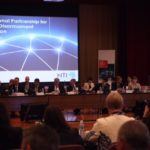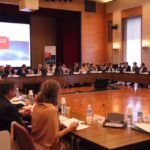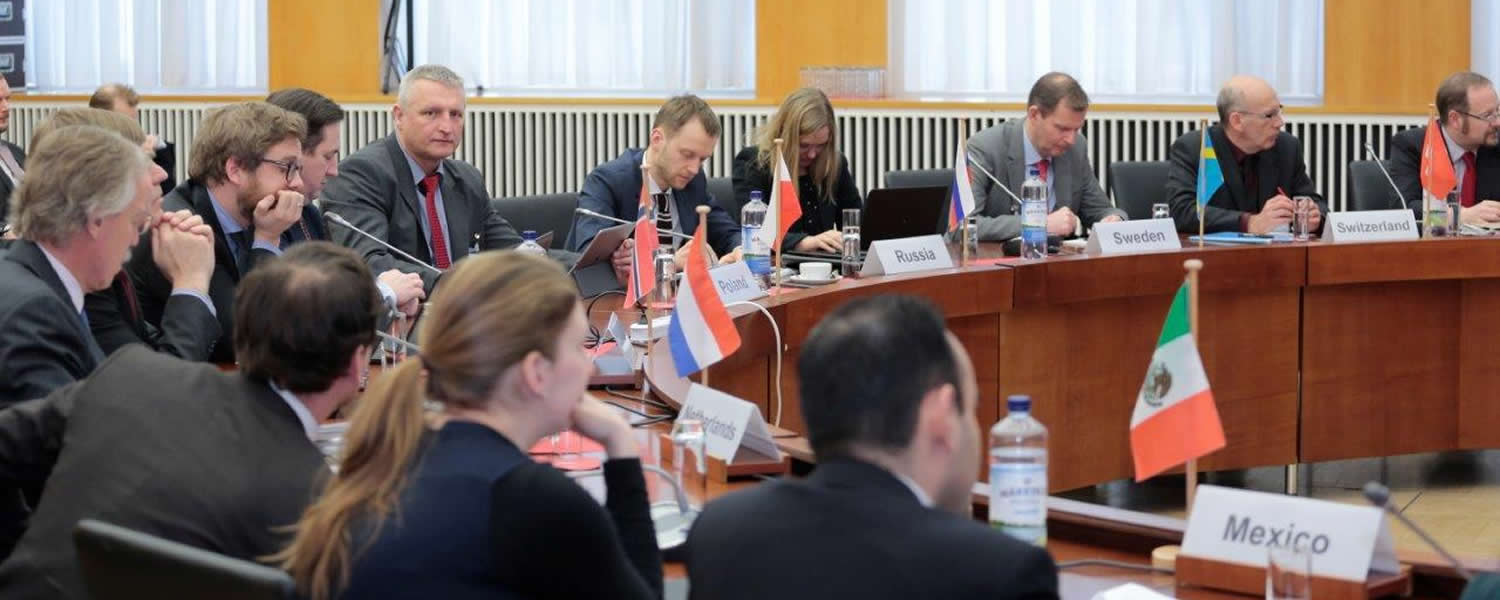25 countries, along with the European Union and the Holy See, gathered for the third Plenary meeting of the International Partnership for Nuclear Disarmament Verification (IPNDV), an innovative public-private partnership between the U.S. Department of State and the Nuclear Threat Initiative, to advance understanding and capacity around the complex technical challenges involved in nuclear verification. The Partnership endeavors to develop the tools and technologies to aid in the verification of future treaties and agreements at lower numbers. The meeting, held June 28-30, was hosted by the government of Japan and included 100 participants, including the International Atomic Energy Agency.
In welcoming remarks, U.S. Ambassador to Japan, Caroline Kennedy, noted the personal significance of the event, “President Kennedy’s proudest achievement was the limited nuclear test-ban treaty. He understood how difficult this work is and how important.” She encouraged participants, saying “Your work takes patience and persistence. It takes verification and transparency. It takes engagement. It reminds the world that peace is possible. This week’s session is of historic and global importance, and I wish great success in advancing our shared goals.”
Frank Rose, Assistant Secretary, Bureau of Arms Control, Verification and Compliance for the U.S. Department of State, opened the meeting by underscoring the Initiative’s key objectives: “First, the partnership is a collaboration composed of nuclear weapon states and non-nuclear weapon states that seeks to build knowledge and capacity among its members regarding the technical challenges associated with the monitoring and verification of nuclear disarmament. This is truly a partnership with a two-way exchange of knowledge and ideas between nuclear weapon states and non-nuclear weapon states… Non-nuclear weapon states can challenge the assumptions of the nuclear weapon states and raise questions that we have never had to think about before.”
Japanese Parliamentary Vice Foreign Minister, Hitoshi Kikawada, underscored the importance of including both nuclear and non-nuclear states, saying, “I strongly hope that this meeting will be an exemplary case in which nuclear weapon and nonnuclear weapon states can engage in fruitful discussions and work hand in hand toward a world free of nuclear weapons.”
Reports from three working groups created the key focus of the meeting. The groups addressed an initial scenario involving the dismantlement of a notional nuclear weapon, the related inspection of that dismantlement, and the related technologies that could support such an inspection. This initial scenario allowed the three groups to coordinate efforts and develop common understandings of the challenges and potential solutions associated with nuclear disarmament verification. The three groups are:
- Working Group One: “Monitoring and Verification Objectives,” chaired by the UK and the Netherlands.
- Working Group Two: “On-Site Inspections,” chaired by Australia and Poland.
- Working Group Three: “Technical Challenges and Solutions,” chaired by Sweden and the United States.
“The three IPNDV Working Groups are initially focused on the most important and most challenging issue associated with future arms control reductions: how to monitor the dismantlement of a nuclear weapon. The three working groups have agreed on a total of ten deliverables and are making significant progress towards them,” said NTI Vice President Andrew Bieniawski. For more on the working groups and their deliverables, click here.
Press coverage of the event included:
- “Nuclear disarmament meeting held in Tokyo between nuclear, non-nuclear states,” Xinhua, June 28, 2016
- “U.S. to seek disarmament verification by working with anti-nuke states,” by Masakatsu Ota, Kyodo News, June 26
About IPNDV
The International Partnership for Nuclear Disarmament Verification is designed to build capacity among states both with and without nuclear weapons, and develop technical solutions for monitoring and verification challenges across the nuclear weapons lifecycle. This initiative sets into motion the key recommendation from NTI’s Innovating Verification: New Tools & New Actors to Reduce Nuclear Risks series, released in July 2014: States should come together now to begin an international process to assess verification gaps, develop collaborative technical work streams and contribute to overall global nuclear threat reduction.
For more information, visit the U.S. Department of State or the Nuclear Threat Initiative online.


